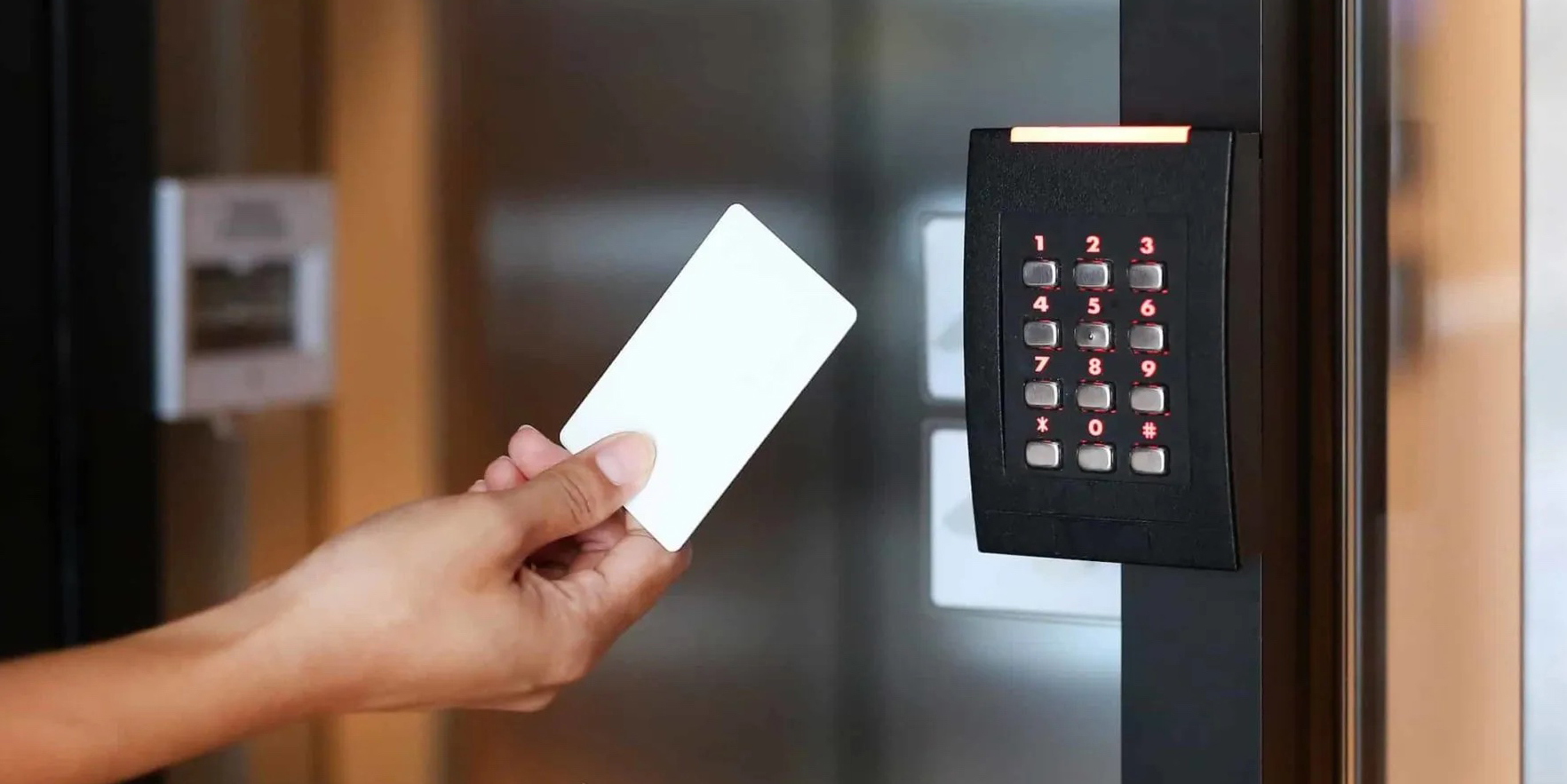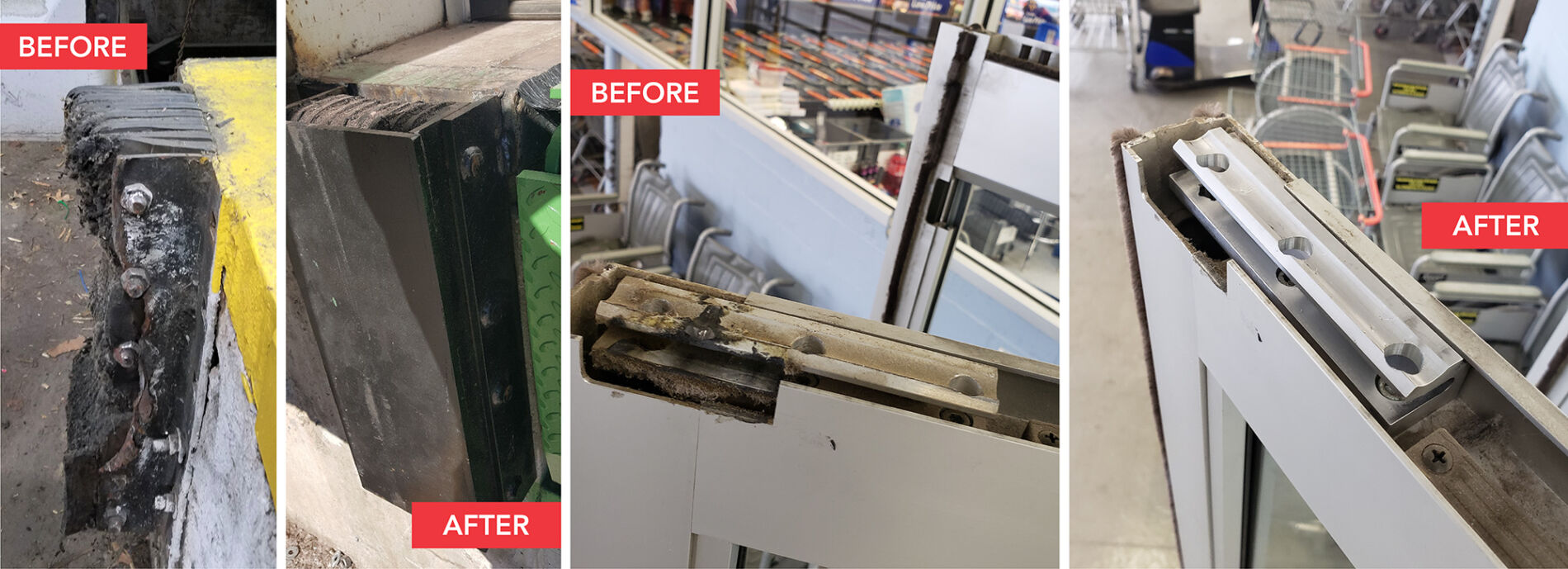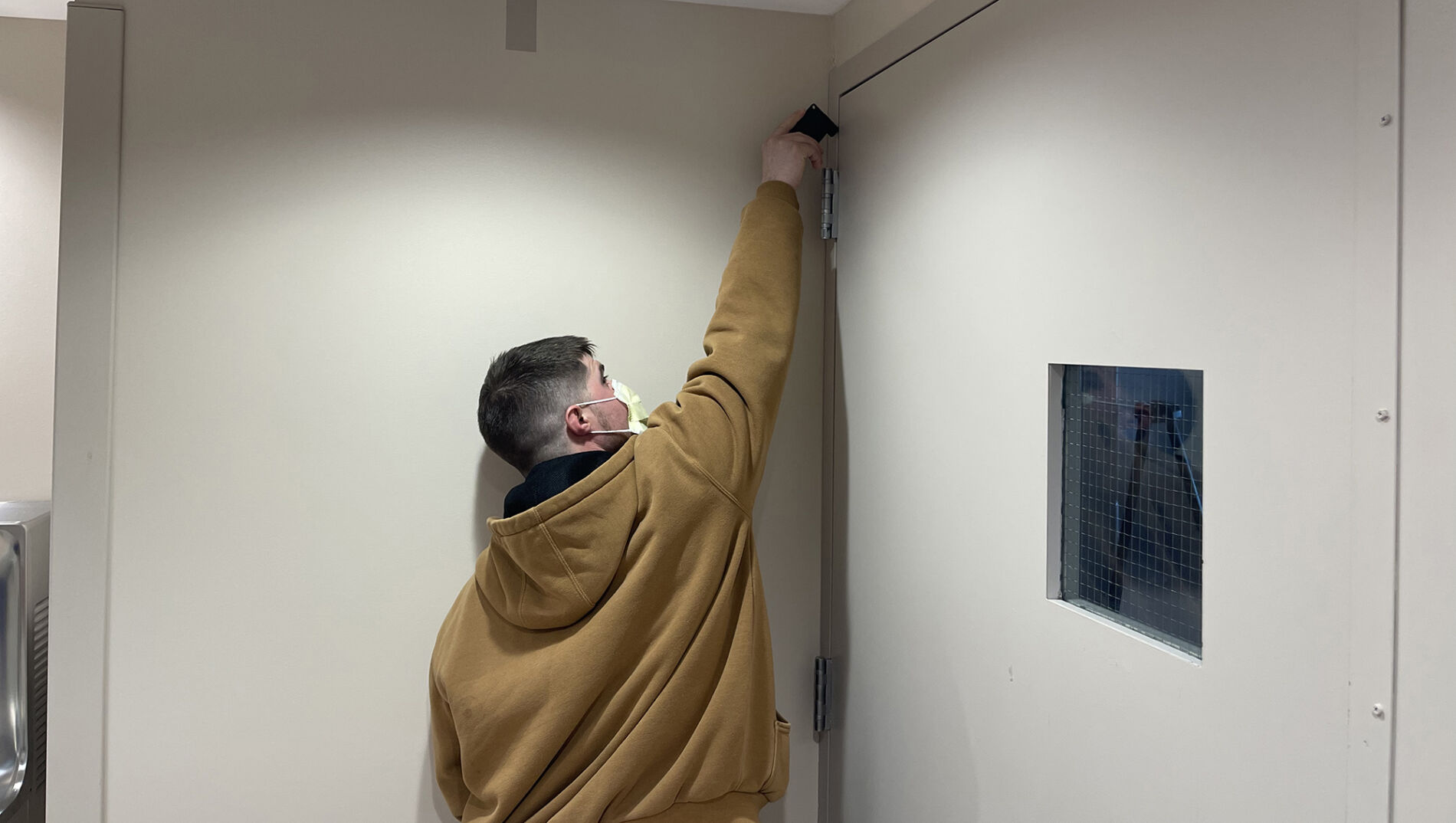A recent article noted that the “Access Control market is projected be worth $15B in 2029.” That is up from their current projection for 2023 of $10B. While some people may debate what the dollar amount of the addressable access control market will be, there’s no debate that we should expect significant growth through this decade. The reason for this strong growth rate is driven by a multitude of factors that include increased awareness for the need for security, changes in human behaviors and experiences, and the benefits of these systems beyond traditional security.
Active vs. Reactive
Security has always been the driving factor behind the need for access control. Access control is one of the few proactive electronic security measures. Most other forms of electronic security, burglar alarms and video surveillance, are reactive, only notifying you after something has occurred. Access control works to actively control access through that door, gate, or opening. The need for security has drastically increased due to a continued rise in threats as well as an increase in our awareness of these threats. They are in the forefront of our mind because we see and hear about them every day on the news, social media, online, or through the multitude of other channels people receive their information.
Regardless of your opinion about how safe or unsafe the world has become, or what threats exist in your area, there is no debate that we are more connected today then we have ever been to real time information from across the world than at any point in our history. That means that we are flooded with information about these security threats, and subsequently our demand for protection in the form of access control, video surveillance, and alarm systems across every facet of our lives continues to increase.
Technology Effect
Just like the advent of the internet and social media has changed our behaviors and the speed at which we receive information, so too have the technology devices that have entered our daily lives. Almost everyone has a smart phone these days and most of those people have that phone locked by a passcode, thumbprint, facial recognition or some other means of security. Many people now have cameras on their homes or smart locks on their front doors. For those with a garage door they have a keypad to gain access, a garage door opener uniquely programmed for their home and now an app on their phone to provide control.
Each of these pieces of technology have become part of our daily lives and they have impacted our behaviors and how we interact with the world and people around us. These changes have created an indelible mark on our expectations for how we interact with a facility. Some of this behavior change is centered on the need for a greater feeling of safety and security, but much of it is also driven around our increased need as people for convenience and speed.
Technology has changed our expectations as people, which means that has changed the demands of our employees, customers, friends, family, etc. Access control for all its security benefits is also about convenience and human interaction with an opening. Opening a door with your phone or an access credential is much easier than carrying a ring of keys and unlocking the door. Ask yourself, if you were at work and the employees had to go through a door multiple times a day and you issued those employees keys: How long would it take before you were overwhelmed with complaints about having to use a key every time or before you just found that the door was propped open or left unlocked? Access control meets the changing need of the human behavior without sacrificing the needed security.
Expanded Uses of Access Control
Outside of security and human behavior, another driving factor for access control has been the expanding ways it can be used within businesses to provide information, solve problems, and gain greater compliance. Access control has evolved, along with video surveillance, to become more than a security system and now into a business intelligence system. These systems are now regularly interfaced with HR Databases. The systems can be used for business compliance to ensure certifications, authorizations, management workflow processes, or business audits are maintained appropriately. Integrating access control with video surveillance has become easier and more prevalent in the industry. This integration, combined with the expansion of analytics in our video surveillance systems, provides greater ability to drive business intelligence around customers or employees. It can be used to drive safety compliance, drive efficiency, and reduce waste.
Access control systems also play a significant role in emergency management. An access control system on exterior doors is often the first line of defense against intruders. Systems can be centrally controlled and activate locks on interior doors in the event an unwanted visitor does make it in the building.
Throughout our lives, from work to home to vacations, access control is an increasingly large part of life. Sometimes it’s welcomed as an easier way to gain entry, such as a hotel key card, while other times it’s a necessity for safety purposes. Either way, it’s easy to see how this industry will continue to grow throughout this decade and beyond.






